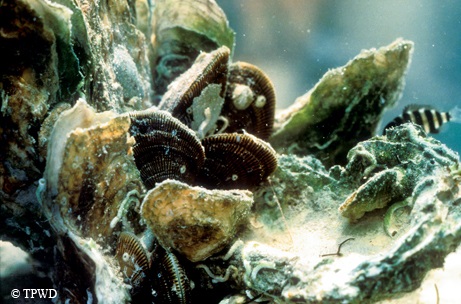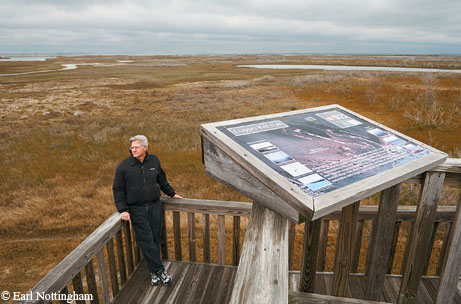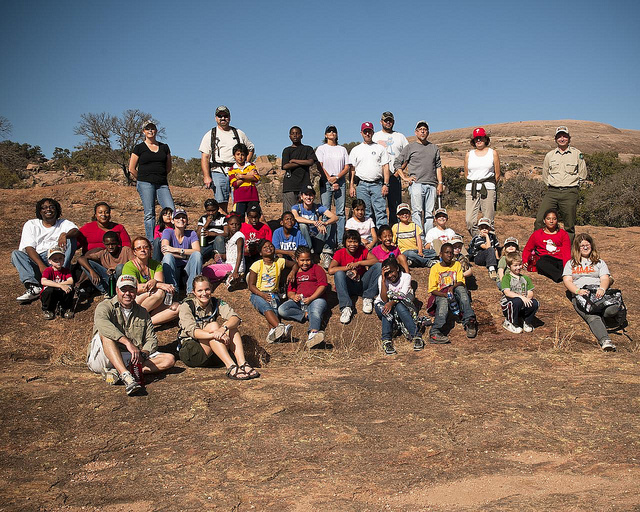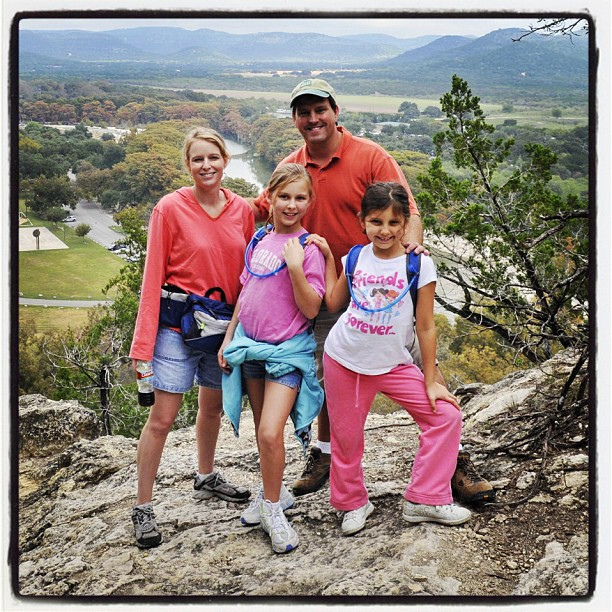Restoring Oyster Habitat After Ike
Tuesday, June 23rd, 2015This is Passport to Texas
Texas lost 8-thousand acres of submerged oyster habitat when Hurricane Ike blew into the gulf in 2008. Some reefs will restore naturally; other will receive some help.
24- We are trying to accelerate that that recovery effort by putting some the materials down to allow new oysters to settle on. We also worked closely with the commercial industry and got them involved in pulling their dredges up with bags off of them across some of these reefs that were marginally covered up, and to pull the shell back to the surface to provide that substrate for young oysters to attach to and start growing.
Lance Robinson is with coastal fisheries. Ike pushed saltwater and debris 15-20 miles inland, which decimated saltmarsh habitat — habitat that’s a marine nursery for sport and commercial species. Restoration work is ongoing.
12-And it took several weeks just for heavy equipment to get into the marshes to remove the mountains of debris before we could get in and assess what the other impacts were. And at that point it was just gut-wrenching.
As bad as the damage after Ike, Robinsons says it could
have been worse.
13-Both from a human impact and a natural resource impact had the storm tracked a little bit farther to the north. It would have brought the eye farther into the bay, and we would have seen a much more devastating impact.
The Wildlife and Sport Fish Restoration project supports our series.
For Texas Parks and Wildlife…I’m Cecilia Nasti.






 Passport to Texas is a
Passport to Texas is a  Passport to Texas is made available by:
Passport to Texas is made available by: